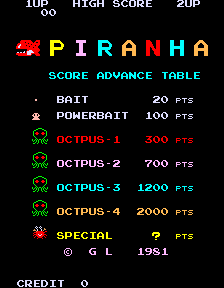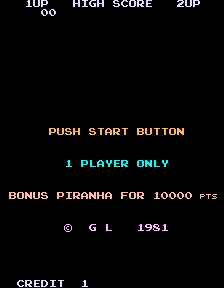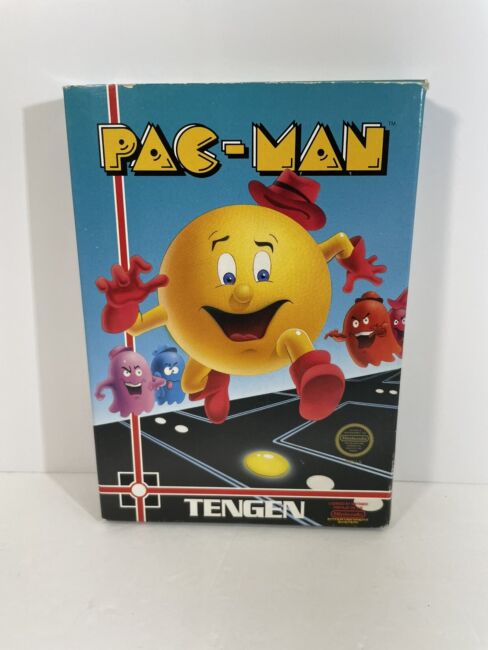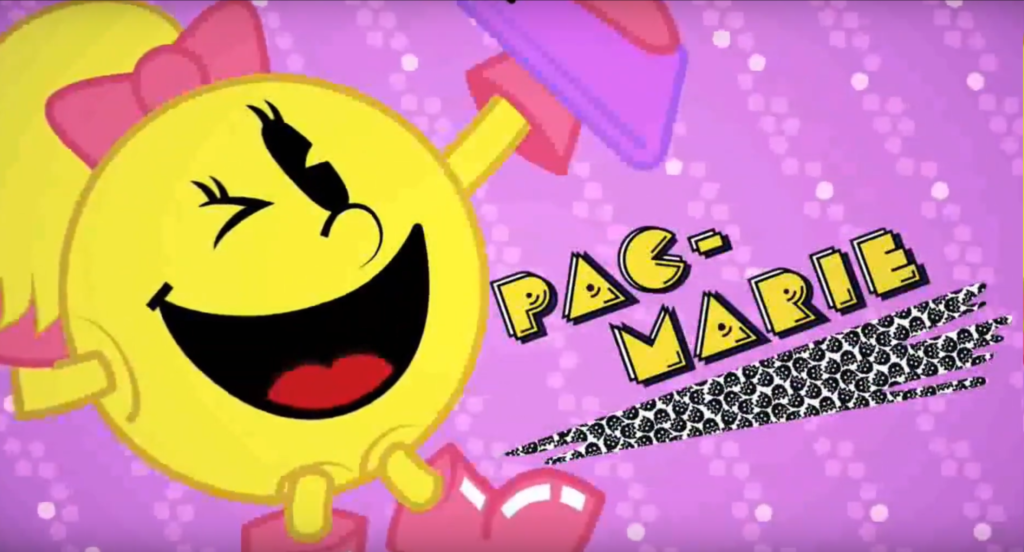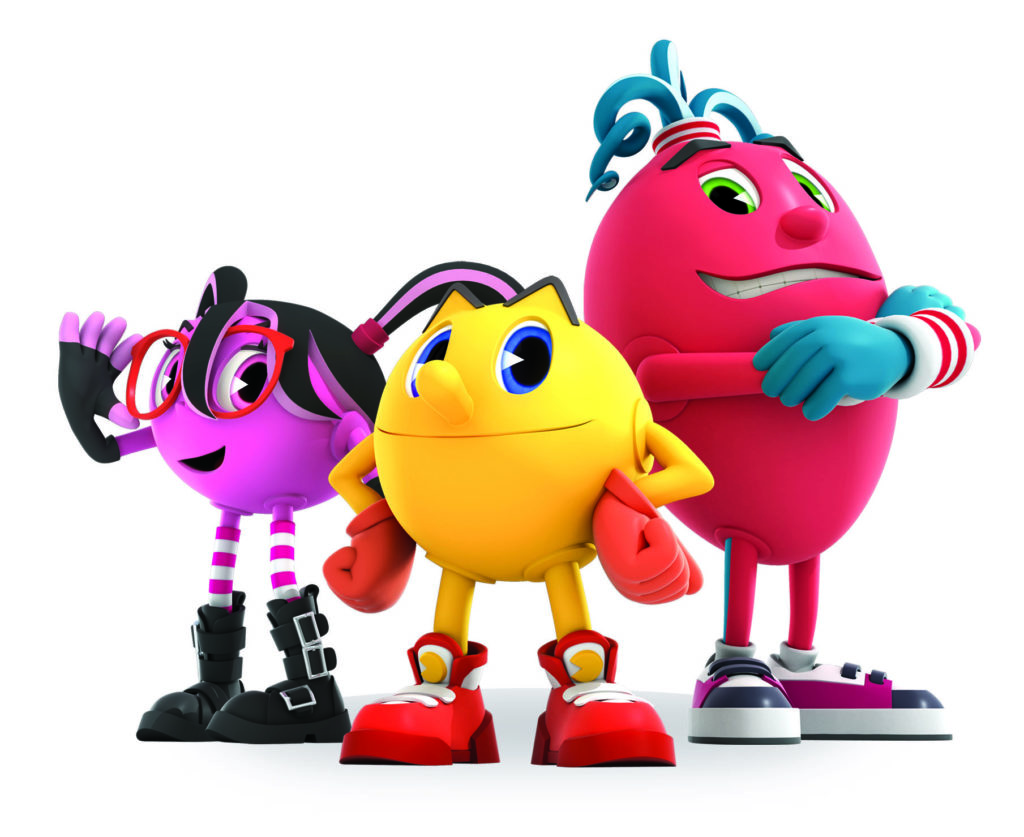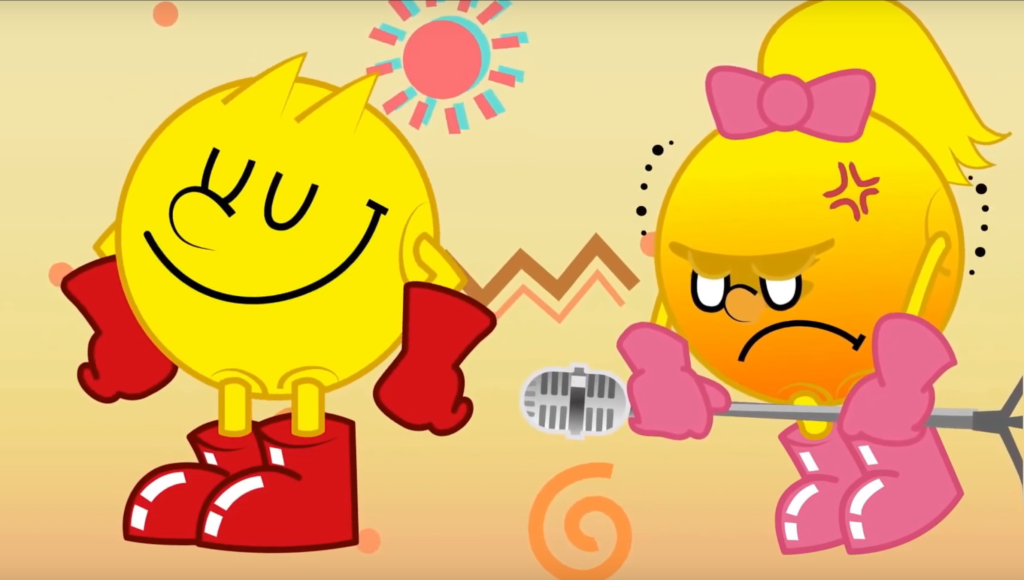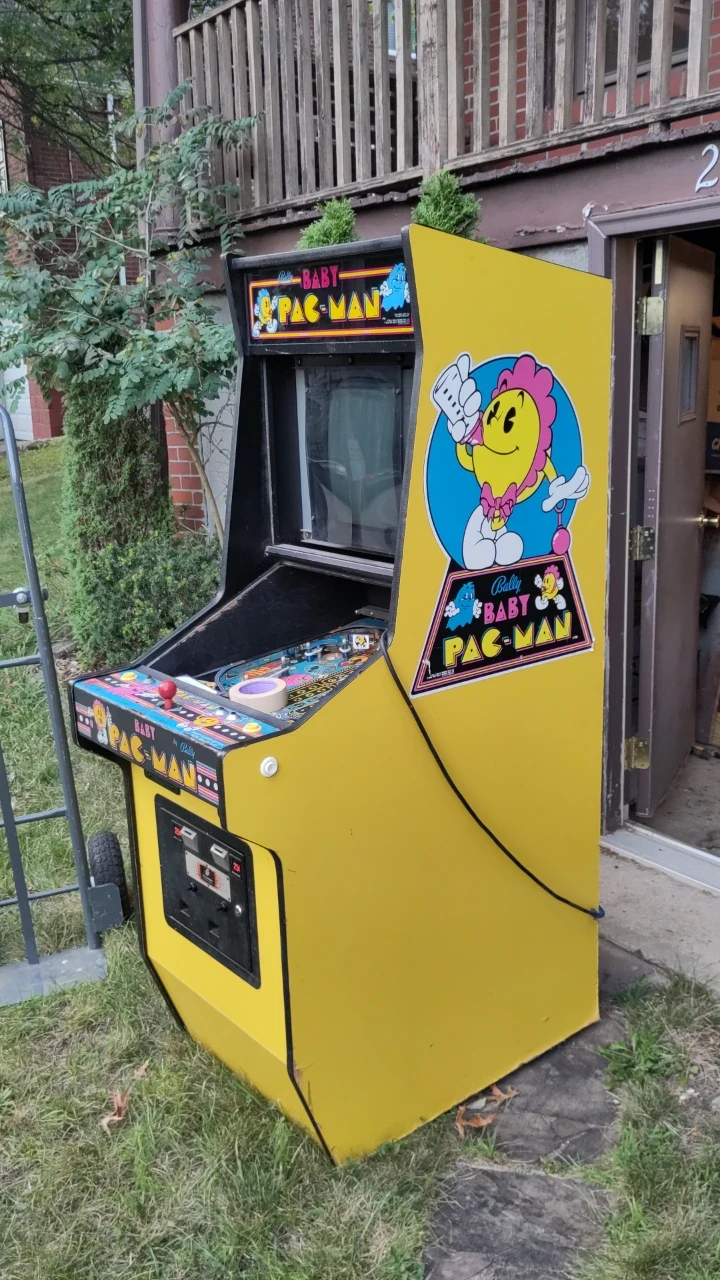PacStrats on Youtube has a video that gives three patterns that will take a casual player all the way to the kill screen at level 256.
I say casual because this doesn’t attempt to produce a “perfect” game, of 3,333,360 points. This is because it doesn’t attempt to eat all four ghosts on every Energizer while that is possible. It actually ignores the ghosts when they’re vulnerable. There are patterns for that on PacStrats too, but you’re not going to be able to do it by memorizing just three patterns. You can really push your personal limits, and that of your free time, trying to get better at video games, and most of us have a point where we have to say that’s enough, and then go and read a book/buy groceries/have sex/something else. The three patterns in the video below are a nice middle ground.
It isn’t easy to devise a Pac-Man patterns, and it’s much harder to come up with a small number of patterns that cover all the levels. Patterns work because the movement of the ghosts is completely deterministic, depending on how Pac-Man moves. If you can move Pac-Man with frame-perfect accuracy, then the ghosts will oblige you by always responding in the same ways. The frame-perfect requirement is eased up a lot by the nature of Pac-Man’s motion. So long as you don’t reverse directions or delay, Pac-Man can only change direction at intersections. So long as you have the joystick, or whatever ludicrous controller setup you’re using, pressed in the direction you want to go next three frames ahead of the turn, your gluttinous circle’s progress will be on track for that pattern.
So, if you try to perform a pattern and it doesn’t work, what went wrong? Most commonly it’s because you hesitated at some point, failing to make a turn at least three frames in advance. Sometimes that’ll be okay, but two of the ghosts, Pink (Speedy/Pinky) and Blue (Bashful/Inky) use the direction that Pac-Man is facing in their AI calculations, and that can change much more rapidly compared to his location in the maze. Even being a single frame off in your timing can produce a situation where Pac-Man will be facing a direction that will cause them to take a different path at a choice. Also, some of the motion of the ghosts is determined by the amount of time that’s elapsed in the current level, and if Pac-Man’s in a subtly wrong position then it can be disastrous later on.
The periods over which the patterns are good are the first four levels (Cherry to second Orange), levels 5 through 20 (first Apple through to 8th Key) and from 21 onward (9th Key to the kill screen). The actions of the ghosts are not the same throughout the run of each pattern. The second pattern, in particular, works over so many levels mostly because its creator, through trial and error, happened upon a pattern that’s good for so much of the game. Because the travels of the ghosts will be different on different levels, it’s important not to get spooked because they are moving differently than they did on previous levels. So long as you move Pac-Man through the patterns assuredly, without delay, and at least three frames in advance, then he’ll clear the boards in succession for as long as you care to keep going, until level 256, where Pac-Man’s All-You-Can-Eat buffet closes its doors.
Unfortunately, PacStrats has made their pattern video non-embedable, so if you want to see these patterns in action you’ll have to click through to the video’s Youtube page.
Beat Pac-Man Using 3 Simple Patterns (Youtube, 20 minutes)

